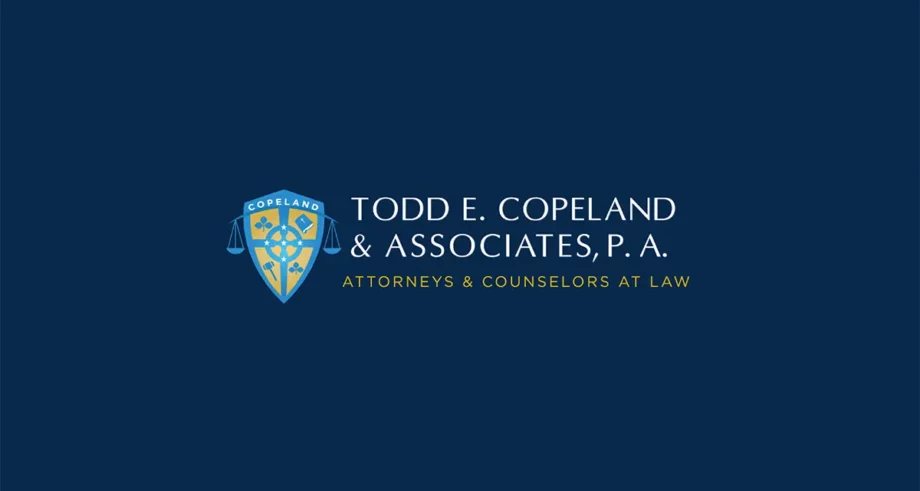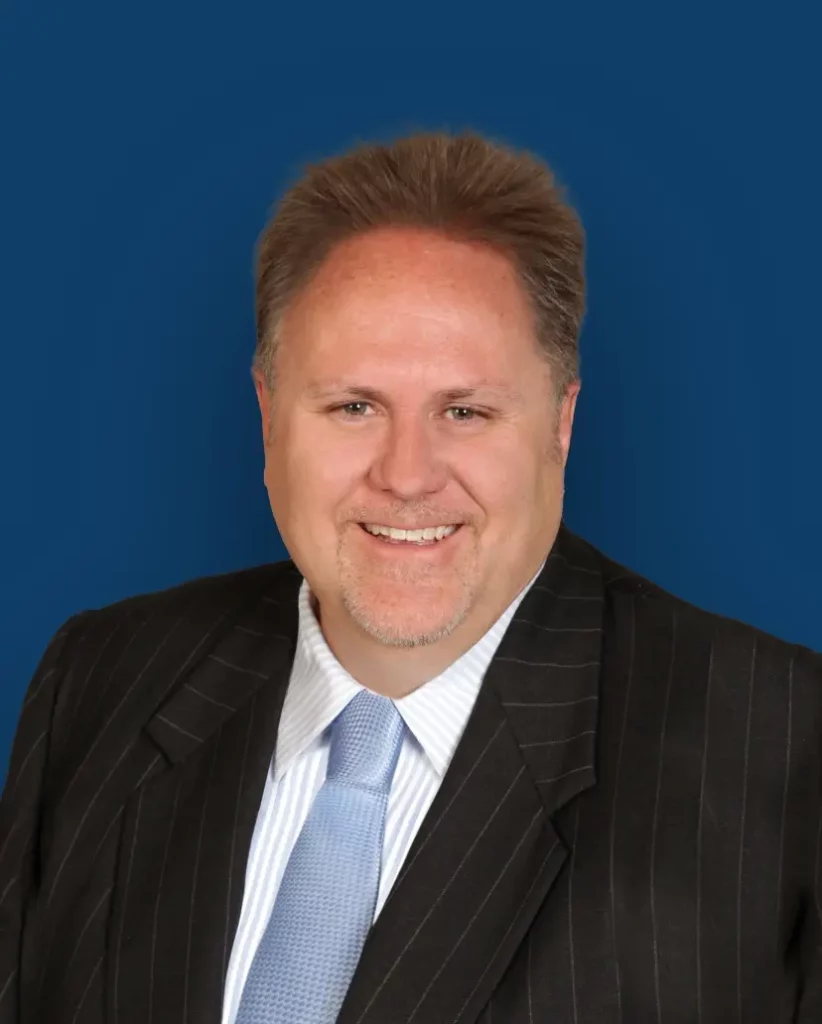The death of a 52 year old Texas woman has caused many amusement park visitors to question who actually determines that a ride is safe and whether safety procedures are carefully followed by ride operators responsible for loading each passenger. According to the Dallas medical examiner’s office, the victim died from multiple traumatic injuries after falling out of the ride at the apex of a banked turn some 75-feet above the ground. An eye witness to the tragedy told park officials that the woman had openly complained about the safety bar not being 100% engaged just moments prior to the roller coasters departure.

From Six Flags Over Texas to Orlando’s Walt Disney World, the regulation of fixed-site amusement park rides varies from state to state and currently there is no federal agency that is directly responsible for annual inspections. Conversely, the U.S. Consumer Product Safety Commission oversees inspections and regulates mobile carnival rides. For the most part, resort rides are self-regulated by the amusement park’s need to qualify for and meet liability insurance guidelines. This discrepancy has caused industry experts to suggest that your child’s stroller is subject to more strict federal safety regulations than an amusement park roller coaster with 100 m.p.h. speeds leading to near vertically banked turns.
Despite the lack of federal regulations, Orlando amusement parks do a good job in providing the “thrills and chills” that guests are seeking while keeping the vast majority of visitors safe from harm. However, injuries do happen and many of these involve physical trauma to the head, neck and spine. If a ride operator fails to properly secure safety devices or a ride manufacturer doesn’t catch a design flaw, you or a loved one can fall victim to someone else’s negligence or unreasonable behavior. When you’ve been injured, knowing what initial steps you should take can help to protect your rights to pursue compensation for your damages.
As much as we like to think that we have a bullet-proof memory, the truth is that as time passes it becomes more and more difficult for us to recall the exact details surrounding any event. Additionally, many head and neck injuries can appear much less severe immediately following an extreme thrill ride. However, if medical attention is needed while you’re still at the park, that should be a red flag that triggers your need to keep basic evidence secure. Since most of us carry smart phones wherever we go, a few snapshots of the ride, the crowd and the ride operator in action can help to recreate the scene at a later date. If the incident was investigated by police or park security, asking for a copy of the report is also prudent.
As is the case with all situations involving personal injury, seeking the timely advice of legal counsel can be imperative to understanding and protecting your rights. Once an attorney determines that you have a case, a private investigation into the cause can be launched to help determine and document all areas of potential liability for your damages. Since the exposure and evidence can extend well beyond the gates of the amusement park, it is important to select an Orlando attorney with the expertise and experience to present your case to the named insurance carriers.
For your FREE consultation, contact Todd E. Copeland & Associates, the personal injury attorneys Orlando residents count on when they need competent, ethical, and effective legal representation. You can reach us today at (407) 999-8995 or toll free at (888) 999-9149.
